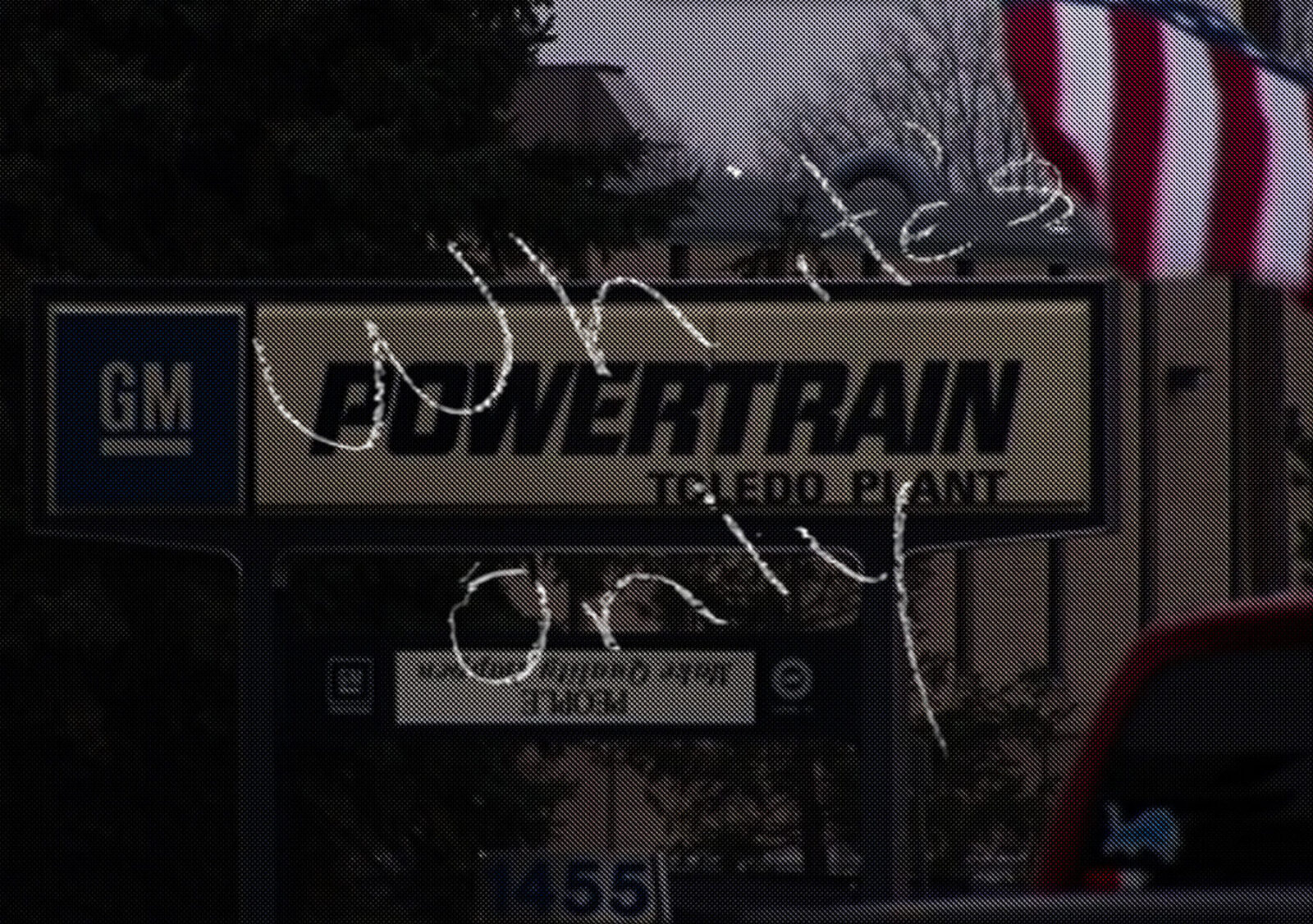— OPINION —

CHICAGO — When I think of the last couple of years in the U.S., two quotes come to mind.
Gandhi’s: “The future depends upon what we do in the present,” and Einstein’s: “The measure of intelligence is the ability to change.” Change is constant, and the country has evolved a great deal. And yet, there is a regression afoot, with old habits and practices experiencing a resurgence in the worst way. Racists and bigots from coast to coast are emerging in the light of day from their closed-minded closets, brazenly showing their faces on camera for all of Facebook and Worldstar to see.
This is America.
They have their official uniforms, be it red hats or garments adorned with white power symbols, and are ready to make America great again.
Racism is a perpetuated cycle in this country, with no end date in sight. It seems like years ago already — with news cycles seeming to pass by in mere minutes — but it was less than two weeks ago that a gang of Kentucky high school boys from Covington Catholic seemed to racially mock a Native American veteran with “Build a wall!” and “Gone in 2020!” taunts while proudly wearing MAGA hats and shirts.
There’s no shortage of PR spin about this and how they were allegedly intimidated, singing their school fight song, etc., but it’s hard for me to ignore that racist tomahawk chop and the condescension in the smirk of the boy who stood in front of elder Nathan Phillips. And let’s face it, a MAGA hat is associated with racism and bigotry. Probably because its creator, Donald Trump, is a racist and a bigot.
Stories rife with racial tension and hate speech have been on a loop in our news cycle in recent years. If it isn’t about a cop shooting an unarmed person of color, then it’s about someone feeling bold in their racism by calling the cops on a person of color, hurling racial slurs at a person of color, putting their hands on a person of color, or murdering a person of color.
Which brings me to one news story that got buried — as many tend to — in our ever-churning news cycle, but is very deserving of our attention.
A supervisor at a GM plant in Toledo, Ohio, Marcus Boyd, worked in a hateful, racist environment for 14 months. He experienced passive aggressive acts, ranging from not being trained on the job to being called “boy,” a “monkey,” and, of course, “nigger.” When he reported this racist hostility to upper management, he was left on his own, with no aid or reprimanding. It was soon after his complaint, however, that things began to escalate.
“You have management people in high places, and union officials in high places, that work together to protect people … that are white”
As reported by CNN, a white employee said to Boyd, “Back in the day, you would have been buried with a shovel.” Take a moment to reflect on the level of confidence and gall it would take to say that to someone’s face — expressing desire for the “good ol’ days” when America was great, and you could murder a black person as if it was hunting season with little to no impunity. But at GM, you can threaten someone’s life, only to have the person on the receiving end be told to let it go, all the while having no real disciplinary action taken.
“You have management people in high places, and union officials in high places, that work together to protect people … that are white,” Boyd said.
Another black supervisor, Derrick Brooks, found a noose in his working area, and then another, and another, and then two more. All five were reported to the company, but not one of those incidents was treated seriously, or with urgency, fostering a workplace of harassment, discrimination, and hatred. They did, however, replace all ropes with yellow chains in the plant, because we all know the real problem was the rope.
The legion of racist employees didn’t stop, writing “White’s only” and “nigger lover” signs and referring to black employees as Dans, which is an acronym for “dumb ass nigger.” And then came the warning from two employees to Boyd that eight of his white co-workers were planning to follow him out at some point,. They urged him to get a gun.
Union representative Dennis Earl denied that it was purposeful racism, saying, “Do I believe people are a little too sensitive these days? Absolutely. What passed 20 years ago doesn’t pass today. You can’t say the things you used to say on the cuff. It doesn’t excuse it, but it’s not racially motivated statements. It’s just bad judgment.” In case you were wondering, Dennis Earl is white.
The Ohio Civil Rights Commission held a nine-month investigation and determined that GM perpetuated a racially hostile environment. In a report from the commission, a white supervisor complained that “too big of a deal” was being made of reports of nooses being hanged at the plant. “There was never a black person who was lynched that didn’t deserve it,” that supervisor reportedly said. Unsurprisingly, the commission found that no appropriate action was ever taken. In fact, incidents continued throughout the investigation, and was deemed one of the worst cases the commission had ever seen.
What’s happening with GM isn’t in isolation; this is an ill that has and continues to endure in the U.S. Make no mistake — racism is not something that will magically die out with the old, as it is the old who teaches the young, continuing the cycle.
Recently, I expressed on Facebook how exhausting and emotionally draining this is. A (white) friend of mine commented that I should unfollow certain blogs, pay less attention the news, etc. The thing of it is, I can’t turn it off. As a black woman, that emotional turmoil, this burden to being hypersensitive to situations and people, the constant need to be on alert, is not an option or a choice: it is a must. In order for us to go on, we must all be vigilant to hatred, racism, and bigotry, and loudly proclaim no, not on my watch.







